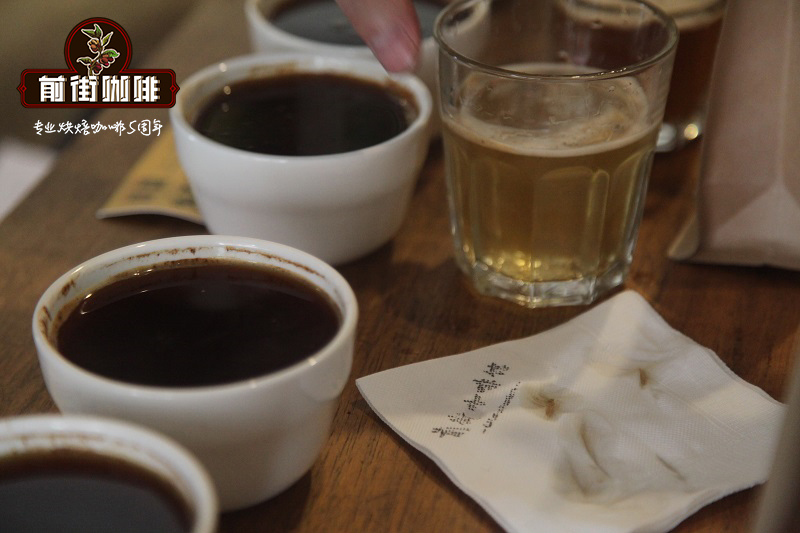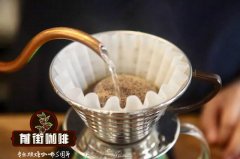Ethiopian Coffee Export Ethiopia Coffee grading system

Professional coffee knowledge exchange more coffee bean information please follow the coffee workshop (Wechat official account cafe_style)
[export of Ethiopian coffee]
According to the Ethiopian decree, there are three coffee export systems:
(1) the largest private processing plant system that has been exported through ECX bidding.
(2) Cooperative system
(3) single farm system.
In these three systems, cooperatives and single estates can be exported directly without competitive bidding through ECX, which can be said to have completely reliable traceability / product curriculum vitae (traceability).
What is ECX?
The Ethiopian Commodity Exchange (the Ethiopia Commodity Exchange, hereinafter referred to as ECX) was founded in 2008 by Eleni Gabre-Madhin, a former senior economist at the World Bank (WorldBank) and director of the International Food Policy Research Institute (IFPRI). The original purpose of ECX is to establish the first commodity exchange in Ethiopia and Africa, through the introduction of pricing mechanism, warehousing logistics, instant messaging and other modern trading rules and technologies to change the situation of high transaction risk and high transaction cost in the Ethiopian agricultural market, and build an effective, reliable and transparent commodity market.
ECX was widely praised at the beginning of its creation as a way to transform Ethiopian agriculture and reduce famine and poverty. In the past, Ethiopian farmers often claimed in the overwhelming media coverage that ECX provided market access to more than 2.4 million small farmers through rural cooperatives.
The way ECX deals with coffee goes something like this: first, farmers sell coffee berries to local washing plants, some of which pay higher prices for better quality coffee berries. The washing plant will send the processed raw beans to the warehouse of the delivery station.
ECX is equivalent to a "distribution center" and does the following:
1. The price is better guaranteed, it buys coffee beans from coffee farmers at constant and relatively favorable prices, and then hoards them.
two。 Coffee is graded, and the best has the highest price.
3. With timely information, coffee farmers can immediately get the transaction price, regional processing station, regional coffee warehouse and other information by phone.
4. Warehousing and processing plants have been set up. As of 2012, Ethiopia has 56 warehouses in 17 locations, 9 of which have coffee warehouses, reducing transport costs.
[grading of Ethiopian coffee]
The definition of the grade of Essex coffee is complicated.
The Ethiopian Department of Agriculture has a department called Cupping and Liquoring Unit CLU, which is responsible for the quality approval of exported coffee, which includes a very important responsibility of grade definition; CLU existed before ECX.
Before the advent of ECX, for washed coffee, the export grade was G1 and G2; for sun-cured coffee, the export level was G3, G4, G4, G5, which means that the highest level of sun exposure was G3.
After the emergence of ECX, there is a redefinition of classification, and there is no difference in the classification name of washing, while the definition of sunlight appears for the first time G1, which is why Esser's sunburn is G1 and G2, while G3 begins to decrease slowly.
Grade1 stands for 3 defective beans per 300g of raw beans; Grade2 stands for 12 defective beans per 300g. Of course, in fact, the standards of defective beans between sellers and buyers must be a little different (otherwise, why else can we pick out so many defective beans? ), but the comparison of defect rates is still easy to tell. The defective beans in the G1 are significantly fewer than those in the G2, which means that, excluding the effects of specific flavor and roasting, Ethiopian G1 coffee beans are of higher quality and higher scores than G2 coffee beans, at least clearly distinguishable in terms of defective flavor.
Ethiopia, as the largest coffee producer in Africa, still has a lot of materials and a long space. Thank you for your patience. Coffee has also experienced a lot from a seed to the cup of coffee in front of it. I hope this article can help you learn more about Ethiopian coffee.
Related recommendation: Ethiopia YCFCU cooperative several characteristic varieties recommendation introduction flavor description
Important Notice :
前街咖啡 FrontStreet Coffee has moved to new addredd:
FrontStreet Coffee Address: 315,Donghua East Road,GuangZhou
Tel:020 38364473
- Prev

18-year new production season Ethiopian coffee recommended: Cedar Mohambela Sakuran 2.0
Professional coffee knowledge exchange more coffee bean information please follow the coffee workshop (Wechat official account cafe_style) Ethiopian Sidamo Shakisso Natural Sakuran name: Ethiopia Sunshine Sidamo G1 Sakuran Ethiopian Sidamo Shakisso Natural Coffee country: Africa Africa, Ethiopia Ethiopia, Coffee Manor: Guji Gu
- Next

"Coffee Gentleman" what producing areas does Tanzania have? Characteristics of Tanzanian coffee
Professional coffee knowledge exchange more coffee bean information please follow the coffee workshop (Wechat official account cafe_style) mentioned coffee in Africa always think of Ethiopia, Kenya and other places, I wonder if you have ever heard of Tanzanian coffee? Or Kilimanjaro coffee? Today, the editor will join you to take a look at Tanzania! Let's see what the coffee here has.
Related
- Detailed explanation of Jadeite planting Land in Panamanian Jadeite Manor introduction to the grading system of Jadeite competitive bidding, Red bid, Green bid and Rose Summer
- Story of Coffee planting in Brenka region of Costa Rica Stonehenge Manor anaerobic heavy honey treatment of flavor mouth
- What's on the barrel of Blue Mountain Coffee beans?
- Can American coffee also pull flowers? How to use hot American style to pull out a good-looking pattern?
- Can you make a cold extract with coffee beans? What is the right proportion for cold-extracted coffee formula?
- Indonesian PWN Gold Mandrine Coffee Origin Features Flavor How to Chong? Mandolin coffee is American.
- A brief introduction to the flavor characteristics of Brazilian yellow bourbon coffee beans
- What is the effect of different water quality on the flavor of cold-extracted coffee? What kind of water is best for brewing coffee?
- Why do you think of Rose Summer whenever you mention Panamanian coffee?
- Introduction to the characteristics of authentic blue mountain coffee bean producing areas? What is the CIB Coffee Authority in Jamaica?

